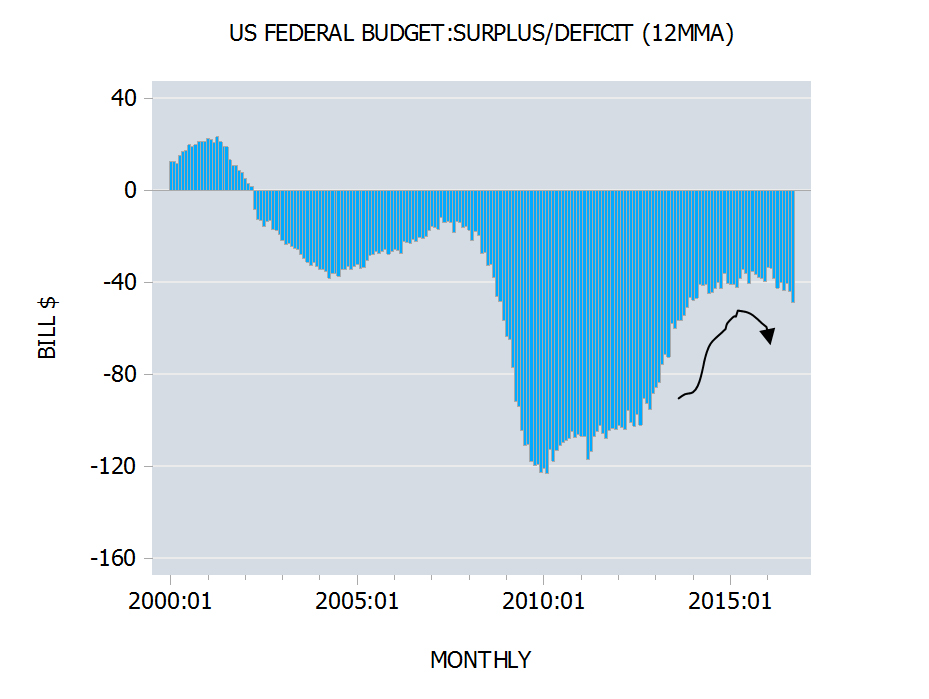According to some commentators on the gold standard, an increase in the supply of gold generates similar distortions that money out of “thin air” does.
Let us start with a barter economy. John the miner produces ten ounces of gold. The reason why he mines gold because he believes there is a market for it. Gold contributes to the wellbeing of individuals.
He exchanges his ten ounces of gold for various goods such as potatoes and tomatoes.
Now people have discovered that gold apart from being useful in making jewellery is also useful for some other applications.
They now assign a much greater exchange value to gold than before. As a result, John the miner could exchange his ten ounces of gold for more potatoes and tomatoes.
Should we condemn this as bad news because John is now diverting more resources to himself? This however, is just what is happening all the time in the market.
As time goes by people, assign greater importance to some goods and diminish the importance of some other goods. Some goods now considered as more important than other goods in supporting people’s life and wellbeing.
Now people have discovered that gold is useful for another use such as to serve as the medium of the exchange. Consequently, they lift further the price of gold in terms of tomatoes and potatoes. Gold now predominantly demanded as a medium of exchange – the demand for the other services of gold such as ornaments is now much lower than before.
Let us see what is going to happen if John were to increase the production of gold. The benefit that gold now supplies people is by providing the services of the medium of the exchange. In this sense, it is a part of the pool of real wealth and promotes people’s life and wellbeing.
One of the attributes for selecting gold as the medium of exchange is that it is relatively scarce. This means that a producer of a good who has exchanged this good for gold expects the purchasing power of his effort to be preserved over time by holding gold.
If for some reason there is a large increase in the production of gold and this trend were to persist the exchange value of the gold would be subject to a persistent decline versus other goods, all other things being equal. Within such conditions, people are likely to abandon gold as the medium of the exchange and look for other commodity to fulfil this role.
As the supply of gold starts to increase its role as the medium of exchange diminishes while the demand for it for some other usages is likely to be retained or increase.
Therefore, in this sense the increase in the production of gold is not a waste and adds to the pool of real wealth. When John the miner exchanges gold for goods, he is engaged in an exchange of something for something. He is exchanging wealth for wealth.
Contrast all this with the printing of gold receipts i.e. receipts that are not backed 100% by gold. This is an act of fraud, which is what inflation is all about, it sets a platform for consumption without contributing to the pool of real wealth. Empty certificates set in motion an exchange of nothing for something, which in turn leads to boom-bust cycles.
The printing of unbacked by gold certificates divert real savings from wealth generating activities to the holders of unbacked certificates. This leads to the so-called economic boom.
The diversion of real savings done by means of unbacked certificates i.e. unbacked money. Once the printing of unbacked money slows down or stops all together this stops the flow of real savings to various activities that emerged on the back of unbacked money.
As a result, these activities fall apart – an economic bust emerges. (Note that these activities do not produce real wealth, they only consume. Obviously then without the unbacked money, which diverts real savings to them, they are in trouble. These activities did not produce any wealth hence without money given to them they cannot secure the goods they want).
In the case of the increase in the supply of gold, no fraud is committed here. The supplier of gold – the gold mine has increased the production of a useful commodity. Therefore, in this sense we do not have here an exchange of nothing for something. Consequently, we also do not have an emergence of bubble activities. Again, the wealth producer because of the fact that he has produced something useful can exchange it for other goods. He does not require empty money to divert real wealth to him.
Note that a major factor for the emergence of a boom is the injections into the economy of money out of “thin air”. The disappearance of money out of “thin air” is the major cause of an economic bust. The injection of money out of “thin air” generates bubble activities while the disappearance of money out of “thin air” destroys these bubble activities.
On the gold standard, this cannot take place. On a pure gold standard without the central bank, money is gold. Consequently, on the gold standard money cannot disappear since gold cannot disappear.
We can thus conclude that the gold standard, if not abused, is not conducive of boom-bust cycles.


